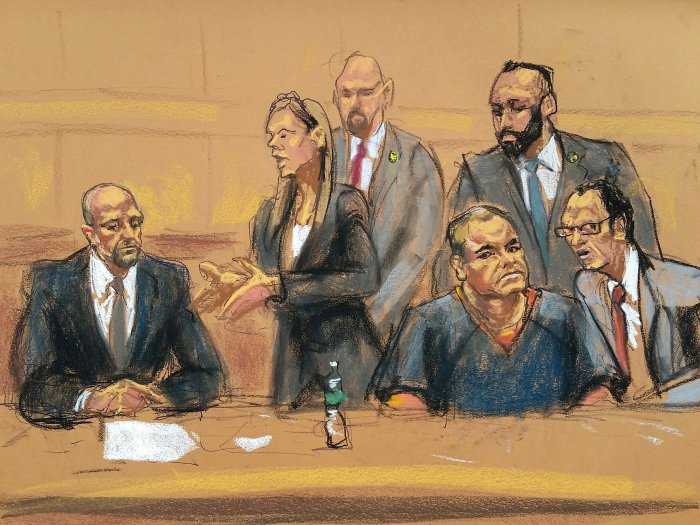By Elizabeth Barber
BOSTON (Reuters) – A 122-year old Venetian-style palazzo tucked into Boston’s marshy Fens section stands as one of the city’s more popular tourist attractions and the site of one of its longest-unsolved crimes. It has been almost 25 years since 13 artworks worth some $500 million were stolen from the Isabella Stewart Gardner Museum in the largest art heist in U.S. history. The statute of limitations for prosecuting the thieves has long expired but officials at the private museum and the Federal Bureau of Investigation have not given up hope of recovering the missing works, which include including Rembrandt’s “Storm on the Sea of Galilee,” Vermeer’s “The Concert” and Manet’s “Chez Tortoni.” The Gardner’s remaining collection is sizable, boasting some 2,500 pieces that range from a Roman mosaic of Medusa to ancient Chinese bronzes, reflecting the eclectic tastes of the turn-of-the-century collector from whom it takes its name. More unusual are the four empty frames that hang in the galleries. They are a quirk of Gardner’s will that turned the building she called home in her final years over to the public as a museum after her 1924 death, on the condition that the collection not be changed. Anthony Amore, the museum’s chief of security, described the empty frames as “placeholders, signs of hope” that the missing art would one day be recovered.
“The investigation is very active and very methodical,” said Amore, a former Department of Homeland Security official who has spent much of the past decade trying to track down the missing art. “We need those works.” The mystery dates to the rainy night of March 18, 1990, when two men dressed as police officers arrived at the museum’s front door and security guards let them in. The pair allegedly overpowered the guards, who were found duct-taped to chairs in the museum’s basement the next morning. There have been glimmers of hope of solving the crime. In March 2013, FBI officials said they had identified the thieves and asked anyone who seen the missing work, which includes etchings and other historic objects, to come forward. But a month later Boston law enforcement’s attention was refocused on the fatal bombing attack at the Boston Marathon and no artwork has been recovered.
The investigation has taken FBI agents as far afield as Ireland and Japan, but in recent years has been focused on the northeastern and central United States, said Geoff Kelly, the special agent in charge of the case. “It’s like looking for a needle in a haystack,” Kelly said. “We’ve been able to narrow the haystack.”
ECCENTRIC PATRON
Gardner’s life was as distinctive as her art collection. A native of New York who moved north after marrying businessman Jack Gardner in 1860, she did not comport to the dour standards of the wealthy in 19th century Boston. Gardner, who had been educated in Paris, served donuts at flamboyant parties and competed with male art collectors for prize pieces. After her first and only child died at the age of 2, the Gardners toured Europe extensively, adding to their collection of art and antiques. The couple commissioned the building that now houses the museum after their art holdings outgrew their home. The museum opened in 1903, five years after Jack’s death.
Her orders that the museum remain unchanged means that, a quarter-century on, the theft is a raw experience for first-time visitors.
“Any other museum would simply paper over the loss and take down the frames and put something else up,” said Andrew McClellan, a Tufts University professor specializing in museum history. “At the Gardner, it’s a haunting presence that will only ever be healed by the return of the paintings.” Kelly would say little about who the FBI suspects stole the art, other than allude to the Mafia. But he contends the thieves likely were not art connoisseurs, given that they left behind some its most prized pieces, including Titian’s “The Rape of Europa.” “These thieves were not sophisticated criminals, as evidenced by the fact that two of the paintings were cut out of their frames,” Kelly said.”The significant value of the stolen artwork seems to have elevated the status of the thieves to master criminals but that’s a specious assumption.” (Editing by Scott Malone and Bill Trott)


















